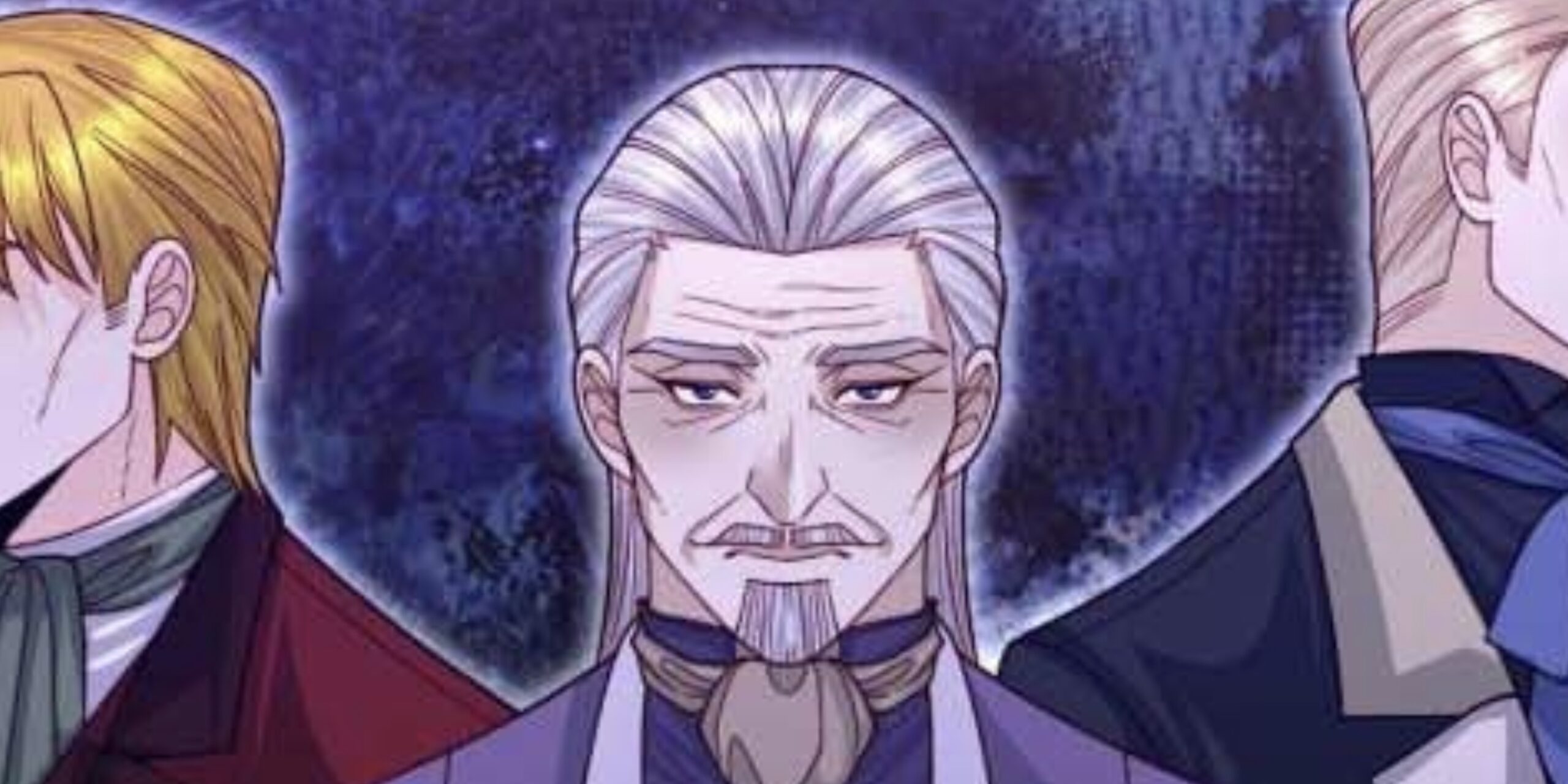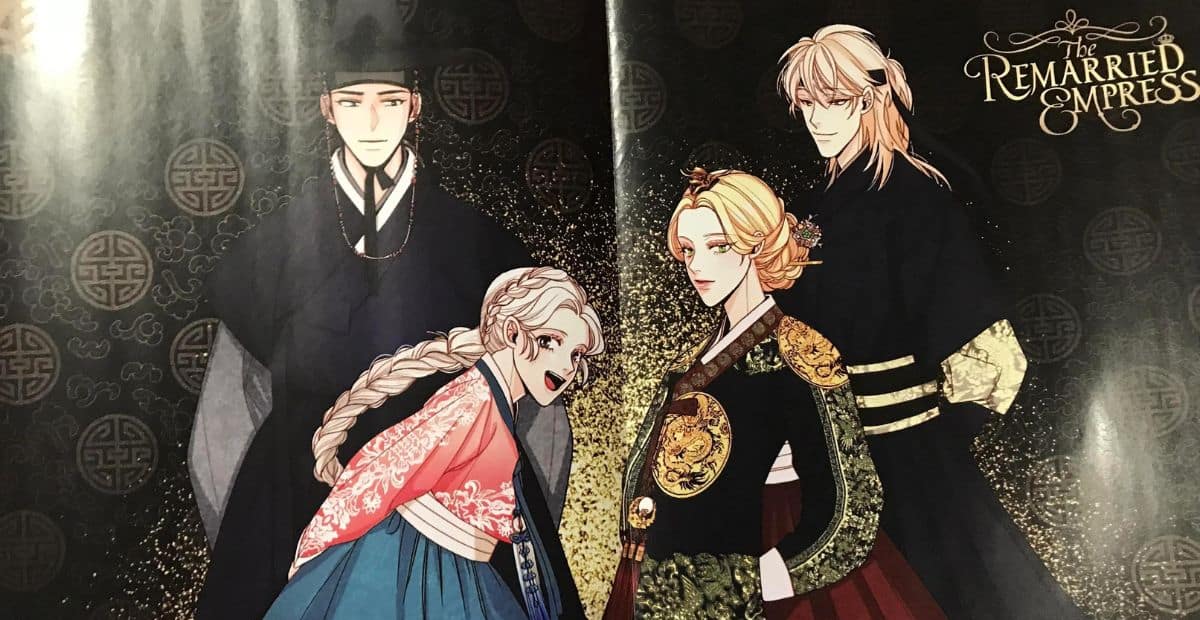In the captivating world of remarried empress – chapter 160, readers are invited to immerse themselves in a tale of love, betrayal, and the intoxicating allure of power. This chapter marks a pivotal juncture in the story, where the destinies of Navier and Sovieshu hang in the balance.
As the story unfolds, readers will be captivated by the intricate tapestry of emotions and motivations that drive the characters’ actions. The historical and cultural context of the novel provides a rich backdrop, shaping the characters’ choices and adding depth to the narrative.
Story Summary and Character Analysis

Chapter 160 of Remarried Empress unfolds with significant developments that shape the relationships between the main characters, Navier and Sovieshu. The chapter delves into their motivations, actions, and the complexities of their evolving dynamics.
Navier’s Resilience and Growth
Throughout Chapter 160, Navier demonstrates her unwavering resilience and personal growth. Despite facing betrayal and heartbreak, she remains steadfast in her resolve to rebuild her life and find happiness.
- Her decision to leave Sovieshu and establish her own empire showcases her strength and independence.
- Her determination to find love and companionship, as seen in her interactions with Heinrey, highlights her resilience and her belief in the possibility of a fulfilling future.
Sovieshu’s Turmoil and Redemption
Sovieshu’s character undergoes a tumultuous journey in Chapter 160, grappling with his past actions and the consequences they have brought upon him.
- His remorse over his treatment of Navier and his realization of his own selfishness add depth to his character.
- His desire to atone for his mistakes and earn Navier’s forgiveness reveals a glimmer of hope for his redemption.
The Evolving Relationship between Navier and Sovieshu
The relationship between Navier and Sovieshu remains complex and multifaceted in Chapter 160.
- Navier’s unwavering determination to move forward and create a new life for herself highlights the profound impact of Sovieshu’s betrayal.
- Sovieshu’s persistent attempts to win back Navier’s affection demonstrate his regret and his desire for a second chance.
Historical and Cultural Context
Set in the Joseon era of Korea, Remarried Empress delves into the intricate societal norms and political machinations of this historical period. The story unfolds during the reign of King Sejong the Great, renowned for his advancements in science and culture.
The remarried empress chapter 160 is a heart-wrenching tale of love and loss. As the story unfolds, readers are captivated by the emotions of the characters and the intricate plot. For those seeking a different genre, painter of the night chapter 77 offers a tantalizing blend of romance and suspense.
However, returning to the remarried empress chapter 160, readers will find themselves immersed once again in the captivating world of this beloved series.
During the Joseon era, society was rigidly hierarchical, with the king at its apex and the commoners at its base. The ruling class, including the royal family and nobles, held immense power and influence, while the lower classes struggled to survive. Women were particularly marginalized, with their roles largely confined to domestic duties and childbearing.
Royal Court and Politics
The royal court was a hotbed of political intrigue and power struggles. The king, while revered as a symbol of authority, often faced challenges from ambitious nobles and factions within the court. Loyalties were constantly tested, and betrayals were commonplace.
As Navier and Heinley’s relationship blossoms in Remarried Empress – Chapter 160, we delve into the intricacies of the human body’s circulatory system in Chapter 11: The Cardiovascular System . This chapter explores the heart’s role as a tireless pump, propelling blood through our veins and arteries, mirroring the enduring love that sustains Navier and Heinley’s bond in Remarried Empress – Chapter 160.
The novel depicts the intricate political maneuvers and alliances formed within the court, as characters strive to secure their positions and influence the king’s decisions. The stakes are high, and the consequences of failure can be dire.
Social Hierarchy and Class Divisions
The Joseon era was characterized by a strict social hierarchy, with each class having its own distinct roles and privileges. The yangban, or ruling class, enjoyed the highest status and wielded considerable power. Below them were the commoners, including farmers, artisans, and merchants. At the bottom of the social ladder were the slaves, who had no rights and were treated as property.
The novel explores the impact of social class on the characters’ lives. The protagonist, Rashta, is a commoner who rises to the position of empress through marriage. However, her status as an outsider makes her a target of prejudice and discrimination from the yangban elite.
Gender Roles and Women’s Status
In Joseon society, women were largely confined to domestic roles. They were expected to be obedient to their husbands and fathers and to prioritize their families’ needs above their own. Women had limited access to education and were often denied the opportunity to pursue their own interests.
The novel challenges these traditional gender roles by presenting a strong and independent female protagonist. Rashta refuses to conform to the expectations of society and fights for her own happiness and autonomy.
Themes and Symbolism
Chapter 160 of Remarried Empress delves into profound themes and employs evocative symbolism to convey its narrative. These elements enhance the story’s emotional impact and provide deeper insights into the characters’ motivations and experiences.
Love and Betrayal
Love and betrayal are intertwined themes that permeate the chapter. The love between Sovieshu and Navier, once passionate and unwavering, is now strained by secrets and mistrust. Sovieshu’s betrayal of Navier with Rashta weighs heavily on their relationship, creating an emotional chasm between them.
The chapter also explores the complexities of love within the imperial court. Heinrey’s unwavering devotion to Navier, despite her initial reluctance, highlights the power of genuine love to overcome obstacles. In contrast, the manipulative and self-serving nature of Rashta’s love for Sovieshu exposes the destructive potential of deceit and ambition.
The tension in Remarried Empress – Chapter 160 reaches a fever pitch as Navier’s cunning plan unravels, leaving her vulnerable. In a moment of desperation, she seeks refuge in the pages of Dragon Ball Kakumei Chapter 1 , a world of epic battles and boundless possibilities.
As she immerses herself in Goku’s adventures, Navier finds solace and inspiration, realizing that even in her darkest hour, there is always hope. Returning to Remarried Empress – Chapter 160, she confronts her enemies with newfound determination, ready to reclaim her rightful place as empress.
Power and Ambition, Remarried empress – chapter 160
Power and ambition are central themes in Chapter 160. Sovieshu’s desire for absolute control over his empire drives his actions, often at the expense of others. His manipulation of the law to annul his marriage with Navier and legitimize his relationship with Rashta demonstrates his ruthless pursuit of power.
The chapter also explores the corrosive effects of ambition on relationships. Rashta’s relentless scheming and willingness to betray those close to her for personal gain highlights the destructive nature of unchecked ambition.
Symbolism and Imagery
The chapter employs powerful symbolism and imagery to convey its themes and enhance its emotional impact. The shattered mirror in Navier’s room symbolizes the broken trust and fractured relationship between her and Sovieshu. The white lilies, often associated with purity and innocence, contrast with the dark secrets and betrayals that plague the characters.
The use of darkness and light imagery throughout the chapter underscores the struggle between good and evil. The darkness represents the manipulative forces and destructive desires that threaten to consume the characters, while the light symbolizes hope and the possibility of redemption.
Literary Techniques and Style: Remarried Empress – Chapter 160
The author of Remarried Empress Chapter 160 employs a range of literary techniques to enhance the chapter’s narrative and emotional impact.
Foreshadowing: The author subtly hints at future events, creating a sense of anticipation and suspense. For example, the mention of a “shadowy figure” lurking in the background foreshadows a potential threat to the protagonist.
Figurative Language
The author employs vivid and evocative figurative language to paint a vivid picture and convey the characters’ emotions.
- Similes: Comparisons using “like” or “as,” such as “her heart pounding like a drum” or “her tears flowing like a river,” enhance the imagery and emotional resonance.
- Metaphors: Implied comparisons that create a powerful impact, such as “the weight of the world pressing down on her shoulders” or “the fire of her determination burning brightly.”
- Personification: Giving human qualities to non-human things, such as “the wind whispered secrets” or “the night enveloped her in its embrace,” adds depth and emotion to the descriptions.
Irony
The author uses irony to create a sense of contrast or incongruity, highlighting the complexities of the characters and situations.
- Situational irony: When the outcome of a situation is unexpected or contrary to expectations, such as the protagonist’s triumph despite facing overwhelming odds.
- Dramatic irony: When the audience knows something that the characters do not, creating a sense of suspense or tension, such as the readers’ awareness of a traitor within the protagonist’s circle.
Conclusive Thoughts

Throughout chapter 160, the author skillfully employs literary techniques to create an immersive and emotionally resonant experience. Foreshadowing, irony, and figurative language converge to enhance the story’s impact, leaving readers on the edge of their seats as they eagerly anticipate the unfolding events.